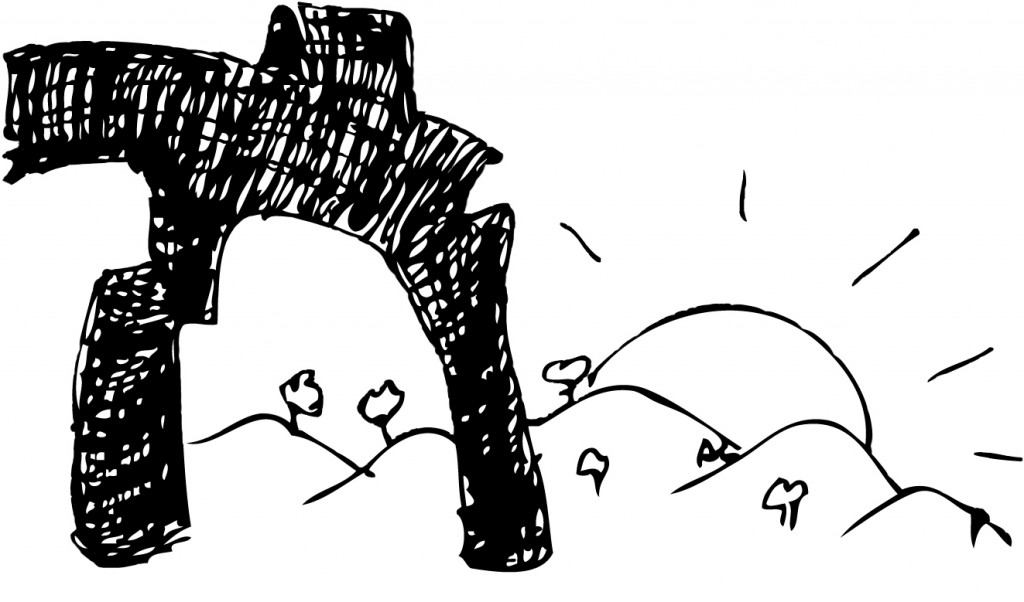Binghamton is not a school known for school spirit. We have no crazed sports fans, legendary traditions or claims to fame (other than ignominious ones). But in the course of mulling over the NYSUNY 2020 plan, a program that could have a major effect on this and other SUNY campuses, it dawned on us that the resurrection of a grand Binghamton emblem had slipped under our radar.
This semester, a wooden statue went up outside the entrance to the Library Tower. What it is, exactly, may not be immediately clear. Knowing what it is, though, means recalling the years and decades of our campus’ past; it serves as a reminder of who we are and where we came from.
Years ago, before The Object and Jazzman’s, Pegasus was a central place of congregation on campus. It was a simple statue that symbolized the mythical creature, and students flocked there to eat, study, sleep and socialize.
Industrial-looking buildings sprung up across campus with bland and serialized names, the social network became the preferred means of congregation, Binghamton lacked a symbolic social focal point.
With the erection of that wooden statue, we have Pegasus back. You may not see it immediately, its design is abstract, its form ambiguous, but look carefully and you will see the mythical form standing in front of you.
Don’t let that abominable, terrifyingly disproportionate and chrome-covered, possibly steroid-abusing Baxter statue fool you. This school is not a gaudy display of status.
Pegasus is emblematic of that. It is about more than beautifying the campus. It is about tradition. Caught up in the quotidian tasks of studying, writing and going out, it is easy to forget that we are members of the same campus as the students who came before us.
But now, every time you walk along the Spine, every time you go get a cup of coffee in Bartle or walk to the Lecture Hall, you have a symbol to look to. No matter the cloudy skies overhead or the number Science building you are going to, there is something unique on our campus.



